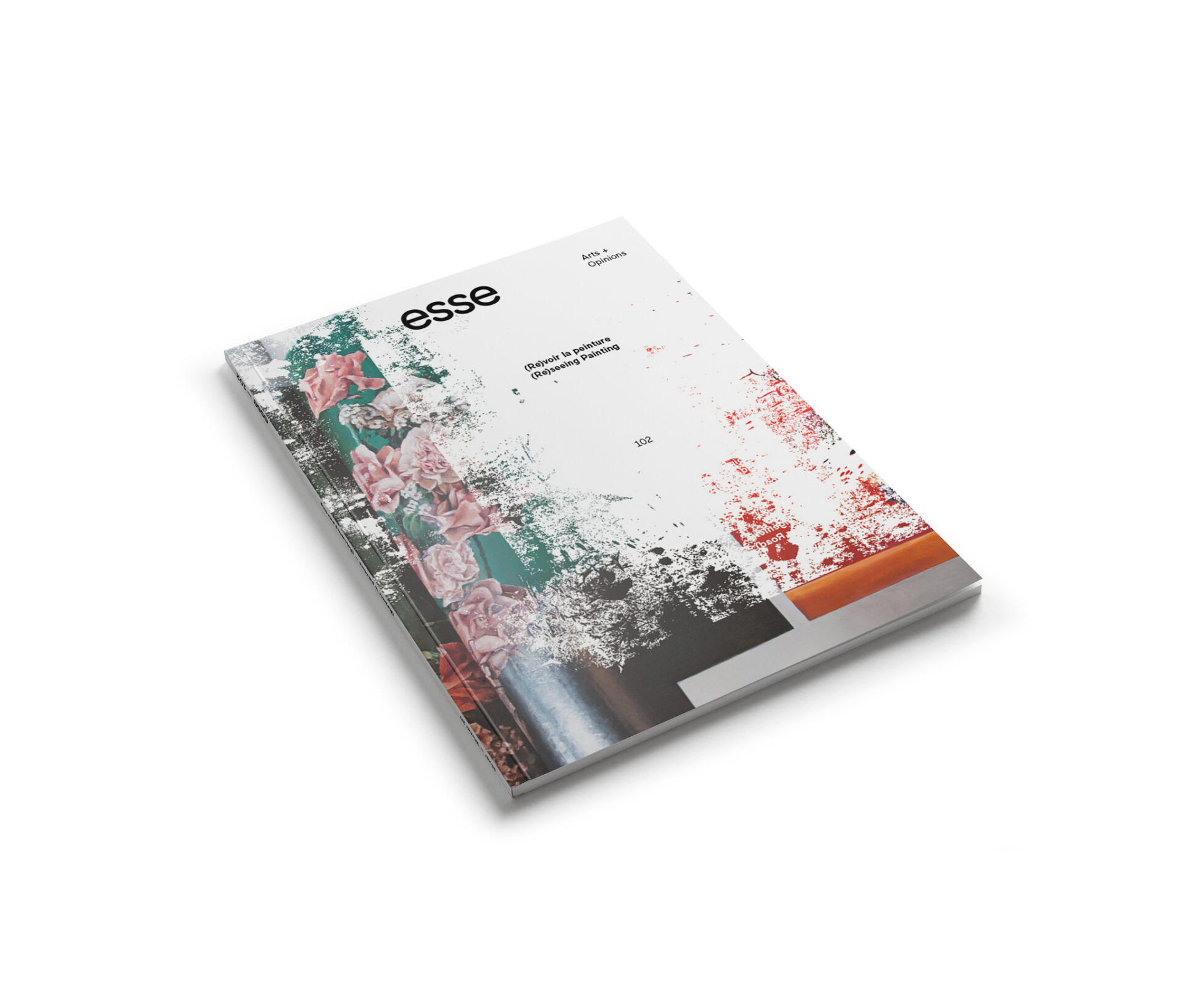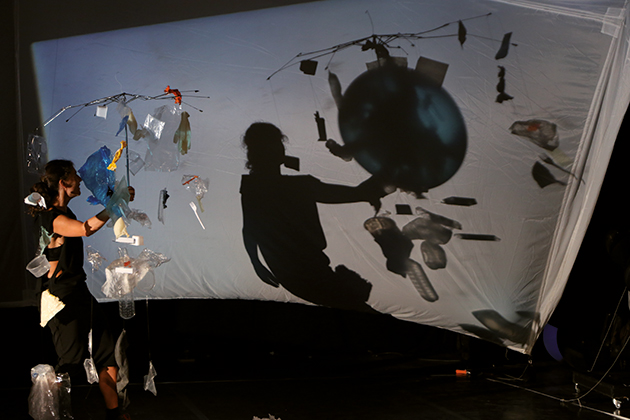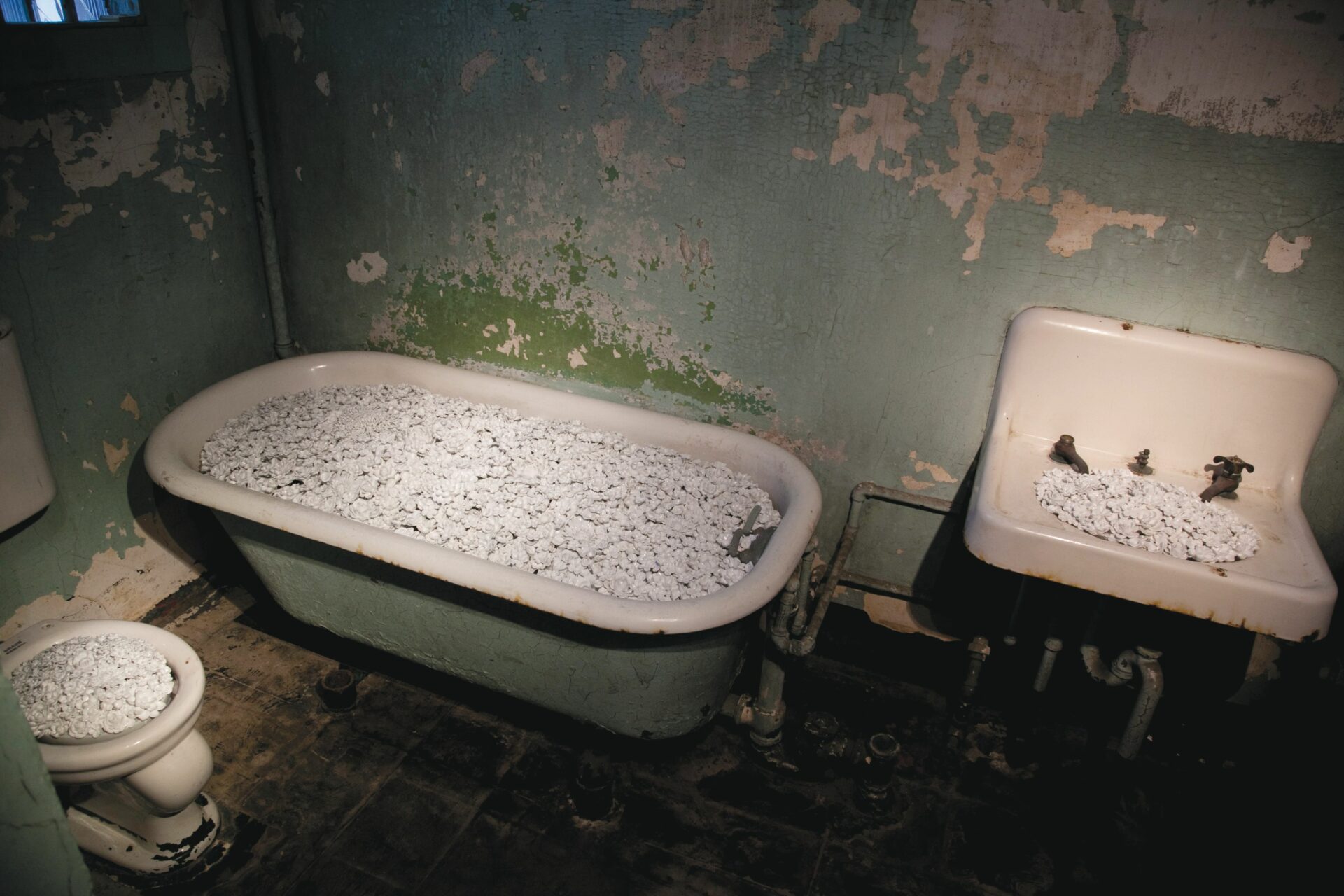
The Reactualization of Painting in Digital Times
The Web became another lifeline, particularly for contemporary art galleries that managed to convert their fully installed exhibitions into virtual experiences, with all of the challenges that this sort of adaptation entails. For example, the Montreal Museum of Fine Arts offered a virtual tour of Riopelle: The Call of Northern Landscapes and Indigenous Cultures, the Phi Foundation followed suit with Relations: Diaspora and Painting, and the Musée d’art contemporain de Montréal offered a filmed exhibition tour of La machine qui enseignait les airs aux oiseaux. Paradoxically, the flatness of the screen, the surface through which we normally experience the Web, has complicated our relationship with the presentation of painting — an art form that was once defined by its surface. What kind of visual experience are these digital platforms trying to offer? How can they accurately reproduce a painting’s details or an artist’s touch? How should we conceive the online experience of artworks that are founded on a medium’s capacity to represent, to represent itself, to make itself visible? By choosing some details over others, is there ultimately an attempt to control what would otherwise be a free, spontaneous, and independent viewing experience?




